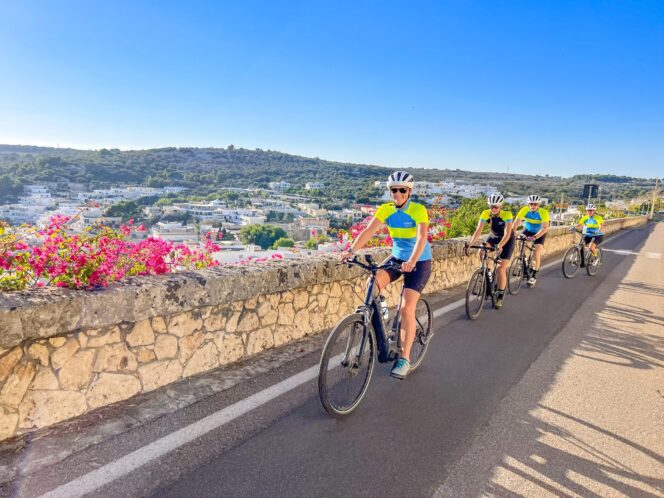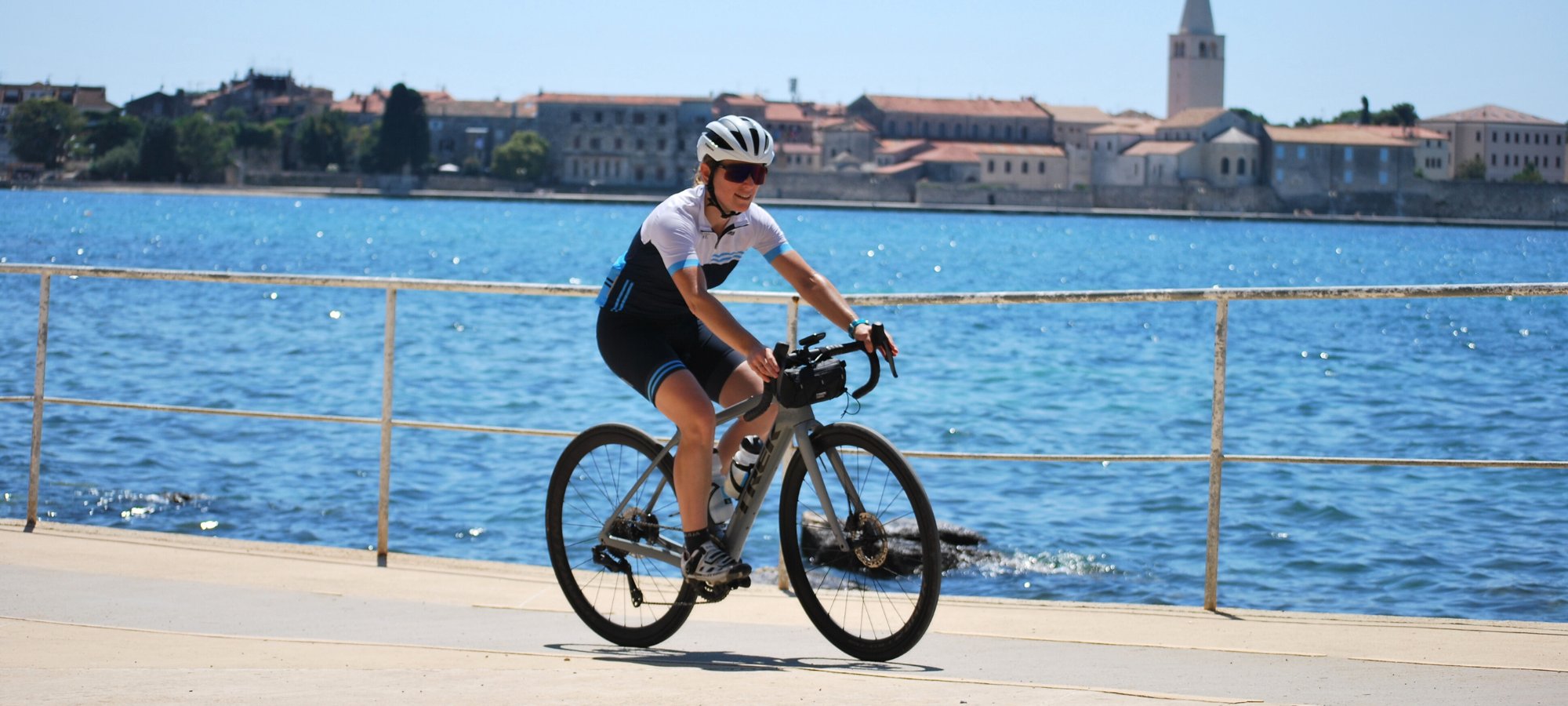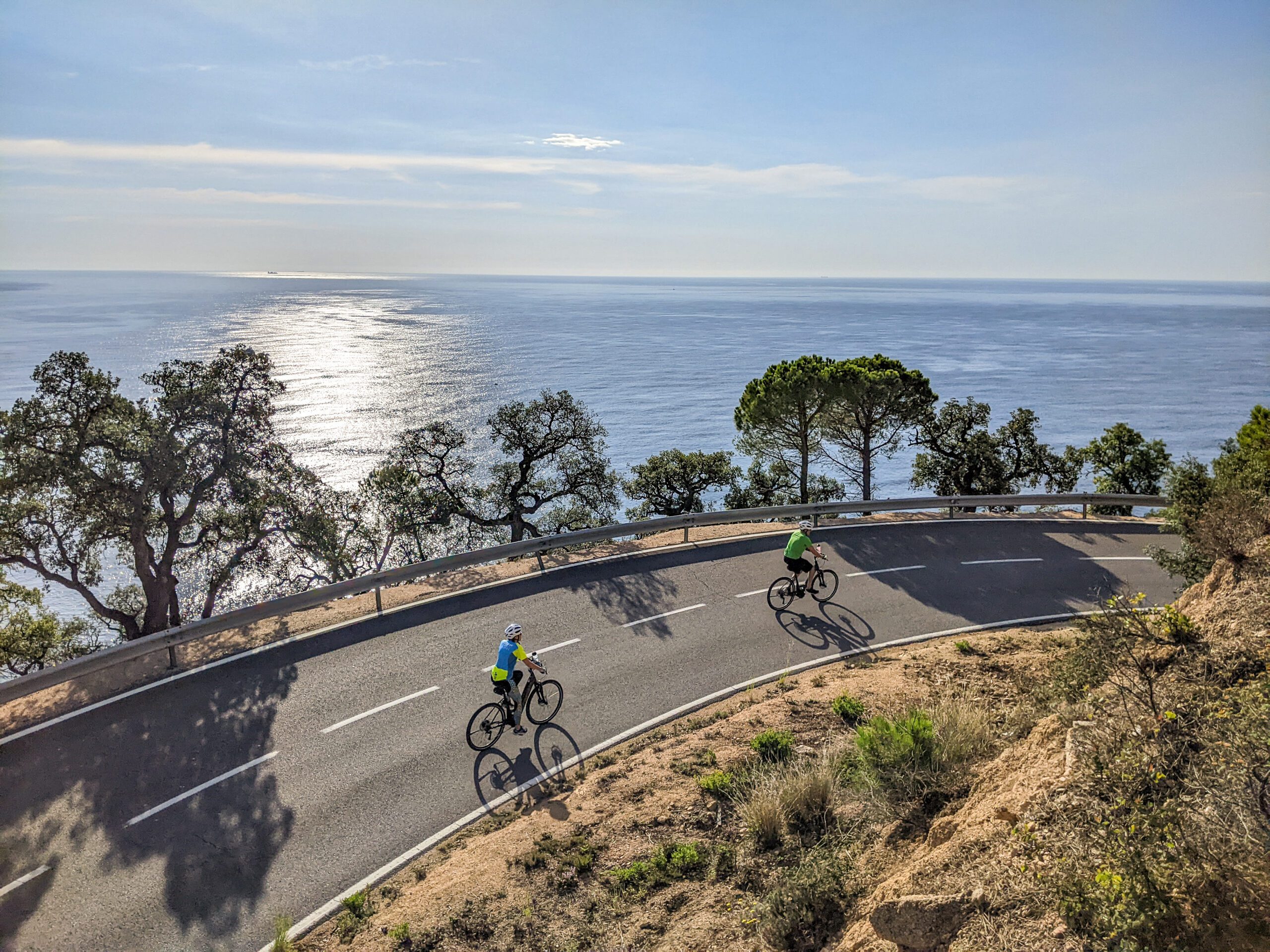
Your first time traveling by train can be nerve-wracking. The bustling stations, indiscernible platforms, convoluted schedule, and absent signage can be intimidating. Add to that a foreign language and you might as well write off any hope of getting to your final destination.

But rail travel is a big part of the European experience, and there’s a reason most people opt to take the train. Driving on narrow foreign roads can be daunting, and traveling by train allows your to sit back in a remarkably large, comfortable seat and let someone else do the driving. No turbulence. No claustrophobic middle seat. Just uninterrupted time for productivity, sight-seeing, or a much-need nap.
In order to ease any concerns, we’ve put together a few tips on how to book, what to expect, and how to travel safely:
Planning Your Trip
Unlike air travel, train schedules remain fairly consistent throughout the year. Although train schedules are not typically more than 30 days in advance, you can check tentative schedules at any time. Visit the Rail Europe website, plug in your cities, and choose a date on the same day of the week that you will be traveling. This will allow you to see sample itineraries, prices and train durations. These schedules may change slightly, but can be a valuable tool for those who like to plan their vacation well in advance.
Booking Trains
Some European trains on longer routes, or high speed trains such as the TGV in France, require advance reservations. These reservations can be made through Rail Europe up to 90 days before your departure date. Rail Europe is a U.S. company that charges a nominal fee in exchange for a user-friendly booking portal. Trust me when I say that it is much easier to navigate than individual national rail sites.
During peak travel times, trains can sell out. Reservations give you security and peace of mind by allowing you to select a specific train time and receive a seat assignment seat. It can also save you money on certain routes with special fares for advance purchase.
Most journeys are e-tickets, which gives you the option to print your ticket at home or pick up your ticket at the station. While I recommend printing your ticket at home, you may pick up your ticket at a self-service kiosk using an e-ticket code, or from a train attendant at a ticket window.
Some slower, regional trains do not require reservations in advance. These trains have open seating, meaning you can sit anywhere you’d like within your ticket’s class of service. For trains that do not offer online booking, please allow time at the station to purchase your ticket.
Please Note: most kiosks will only accept credit cards with chip technology, but tend to have much shorter lines than the ticket windows.

Classes of Service
Most trains offer a choice between 2nd class (Economy) or 1st class (Comfort or Premier). Economy offers the cheapest fares, but is generally more crowded and does not offer reclining seats. First class tends to be less crowded, and offers more amenities such as outlets, reclining seats and other small perks.
At the Station
Plan to arrive at the station 30-45 minutes prior to your scheduled departure. If you have a reserved seat on a specific train, check the boards for the train number. Some routes have multiple trains departing around the same time, and you’ll want to be sure you’re on the correct platform for your train number. Be ready to board your train 15 minutes prior to departure.
If you have purchased a regional ticket with no specific departure time or train number, your ticket is valid for any of the trains that day. Most of these tickets require validation, meaning you must stamp your ticket at boxes located by the platforms before boarding. Not always is your end destination the train’s end destination, so pay attention to all cities on the route instead of just the final destination.
If you have any questions, find a uniformed train attendant, as most can speak English and are happy to assist.
Keeping Safe
In the front or back of most trains there will be an area to store your larger luggage. Keep all valuable personal items, especially your passport, with you at your seat. There will be a train attendant who comes through the coaches to check tickets and passports, so keep them handy at all times. If you plan to take a nap on your journey, make sure your passport and personal items are secure. Money belts might not be fashionable, but they are a great way to safely hide money, credit cards and your passport while in transit.

Helpful Links
Already abroad? Here are the most popular regional train websites:
France: www.sncf.com
Italy: www.trenitalia.com
Spain: www.renfe.com








